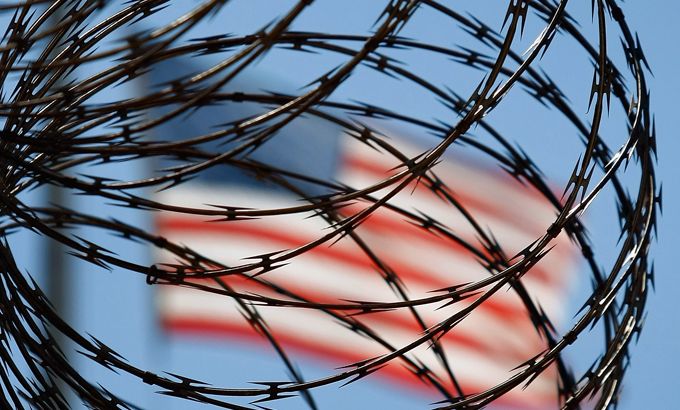
Baltimore: Anatomy of an American City
Fault Lines investigates the dynamics of race, poverty, incarceration and economic truths in the US.
The election of the first black US president offered hope to millions of African Americans across the country. But have years of an Obama presidency seen positive change for black communities in the US’ inner cities?
While the ‘war on drugs’ rages on inside the US, there is some political consensus it is failing. White House officials have even indicated a federal policy shift away from incarceration and towards a public health strategy.
Keep reading
list of 4 itemsThirty years waiting for a house: South Africa’s ‘backyard’ dwellers
Photos: Malnutrition threatens future Afghan generations
From prisoner to president in 20 days, Senegal’s Diomaye Faye takes office
In Baltimore, one of the most dangerous cities in the US, the police have reframed their ‘war on drugs’ as a ‘war on guns’.
The rhetoric may have changed, but critics say nothing else has and that concentrated law enforcement has resulted in high levels of incarceration among young African Americans and the criminalisation of entire communities.
The nearly 30 years of drug policies have perpetuated cycles of violence and economic repression in US inner cities and especially among poor minority neighbourhoods.
“Even in the age of Obama something akin to a caste system is alive and well in America,” says Michelle Alexander, a law professor and author. “The mass incarceration of poor people of colour is tantamount into a caste system specifically designed to address the social, political and economic challenges of our time …. We have a school-to-prison pipeline operating in Baltimore and other cities across the nation where young people believe, with some good reason, that their destiny lies behind bars and they too will become members of the under caste.”
Fault Lines’ Sebastian Walker spends time with those on the front lines of the failed drug war to understand some fundamental dynamics of race, poverty, incarceration and economic truths in the US.